While Olympians seem to glide effortlessly across the track, the average mile time for most of us is quite different. However, with the right training and dedication, you can significantly improve your running performance and edge closer to elite speeds. In this guide, we'll explore the average running pace and provide you with practical exercises and training tips to help you run a mile like an Olympian.
Key Takeaways
- Understand the baseline: While the average person runs a mile in 9 to 12 minutes, elite athletes push their times far below that, showcasing the difference between casual runners and Olympians.
- Train like an Olympian: Incorporating interval training, strength work, and proper form can help you dramatically improve your mile time, just like professional runners.
- Consistency is key: Regular training, combined with progressive overload and proper recovery, is essential for achieving faster mile times and building long-term endurance.

What Should be the Average Mile Time?
Comparing Average and Olympian Speeds
The average person runs a mile at a pace significantly slower than that of elite athletes. For most people, the average mile time hovers around 9 to 10 minutes. This translates to an average running speed of about 6 to 7 miles per hour. In contrast, Olympians like Usain Bolt can complete a mile in under 4 minutes, achieving top speeds of over 15 miles per hour. This stark difference in running performance is due to various factors, including training intensity, running economy, and physical conditioning.
Understanding these differences can help you set realistic goals and create a more effective running routine. While you may not reach Olympian speeds overnight, knowing the average running pace for your age group and fitness level can guide your training plan. With dedication and the right exercises, you can gradually increase your running speed and improve your endurance.
Factors Affecting Running Performance
Several factors can affect your running performance and average mile time.
Age is a significant factor; younger runners typically have faster mile times compared to older individuals.
Biological sex also plays a role, with men generally having faster average mile times than women due to differences in muscle mass and cardiovascular capacity.
Training intensity and consistency are crucial. Regular interval training and strength training can improve your running economy and top speed.
Your running form and technique, including stride length and cadence, can further impact your performance.
Other factors like body composition, nutrition, and recovery also play vital roles. Maintaining a healthy body weight and consuming a balanced diet can enhance your running speed. Adequate rest and recovery help avoid overtraining and injuries, ensuring sustained improvement in your running performance. By understanding and addressing these factors, you can optimize your training plan and achieve a faster mile run.

Understanding Average Running Pace
Understanding the average running pace is essential for setting realistic goals and tracking progress. For many runners, the average pace per mile varies based on fitness level, age, and experience. Beginner runners might find their average mile pace to be around 10 to 12 minutes, translating to speeds of 5 to 6 miles per hour. Intermediate runners often achieve a pace of 8 to 10 minutes per mile, while more experienced runners can average 7 minutes or faster per mile.
Different age groups also show varying average mile times. Younger runners typically have quicker paces compared to older individuals. Moreover, your running environment—whether it's an outdoor mile on a track or a treadmill session—can influence your average pace.
By knowing your current running pace, you can tailor your training plan to gradually increase your speed and endurance. Tracking your progress over time helps in achieving personal bests and ultimately improving your overall running performance.
Train Like an Olympian
Essential Exercises for Speed
To improve your running speed, incorporating specific exercises into your training routine is crucial. These exercises target key muscle groups and enhance your overall running performance.
-
Interval Training: Alternating between high-intensity sprints and recovery periods helps to boost your top speed and endurance.
-
Hill Workouts: Running uphill increases leg strength and power, which translates to faster speeds on flat terrain.
-
Tempo Runs: These runs are performed at a steady, challenging pace to improve your aerobic capacity and running economy.
-
Strength Training: Exercises like squats, lunges, and deadlifts strengthen your lower body, enhancing your propulsion and reducing injury risk.
-
Plyometrics: Jumping exercises such as box jumps and bounding drills improve explosive power and agility.
Additionally, using tools like the MultiSlider can help you perform specific strengthening exercises such as ab rollouts, push-ups, glute ham curls, and Cossack lunges. These exercises not only build muscle but also improve stability and running mechanics.
By incorporating these exercises into your training plan, you can achieve a faster mile run and enhance your overall fitness.
Incorporate Interval Training
Interval training is a powerful method for improving running speed and endurance. It involves alternating between high-intensity sprints and lower-intensity recovery periods. This form of training pushes your cardiovascular system and muscles to adapt to higher levels of exertion, resulting in enhanced running performance.
A typical interval training session might include sprinting for 30 seconds, followed by a 1-minute jog or walk to recover. Repeat this cycle for 20 to 30 minutes. As your fitness level improves, you can gradually increase the sprint duration and reduce the recovery time.
Interval training increases your aerobic and anaerobic capacities, allowing you to sustain faster paces for longer periods. It also helps in burning more calories and improving overall cardiovascular health.
Incorporating interval training into your weekly running routine, ideally 1 to 2 times per week, can significantly boost your average mile pace. Remember to warm up before starting and cool down afterward to prevent injuries and aid recovery.

Benefits of Strength Training
Strength training is essential for runners aiming to improve their speed and endurance. Incorporating exercises like squats, lunges, and deadlifts into your routine can enhance muscle strength and power, leading to better running performance.
One of the main benefits of strength training is the development of stronger leg muscles. This increased strength translates to more powerful strides and improved running economy. Additionally, a stronger core helps maintain proper running form, reducing the risk of injury and fatigue.
Strength training also helps in building muscle endurance, allowing you to sustain faster paces for longer periods. It aids in addressing muscle imbalances and enhances overall stability and coordination.
Using tools like the NordStick products for exercises such as glute ham curls and push-ups can effectively target specific muscle groups. By integrating strength training into your fitness plan, you can achieve a faster mile time and maintain a higher level of physical activity.
Building an Effective Running Routine
Creating Your Personalized Training Plan
Creating a personalized training plan is key to improving your running performance. Start by assessing your current fitness level and setting realistic goals. Whether you're a new runner aiming to complete a mile or an experienced runner looking to improve your average mile pace, a tailored plan is essential.
Begin with a mix of easy runs and longer runs to build a solid aerobic base. Gradually increase your mileage by no more than 10% per week to avoid overtraining. Incorporate interval training sessions to boost your speed and hill workouts to build strength.
Strength training should also be a part of your routine. Aim for two sessions per week, focusing on exercises that target your legs, core, and upper body. Using tools like the NordStick products can enhance your strength training regimen.
Finally, ensure you allow for rest and recovery days to prevent injuries. Listen to your body and adjust your plan as needed. Consulting a personal trainer or fitness professional can also provide valuable guidance.
Tips for Avoiding Overtraining
Avoiding overtraining is crucial for sustained improvement and injury prevention. Overtraining can lead to fatigue, decreased performance, and increased risk of injuries. Here are some tips to keep in mind:
-
Listen to Your Body: Pay attention to signs of fatigue, persistent soreness, or lack of motivation. These can be indicators that you need more rest.
-
Gradually Increase Intensity: Follow the 10% rule: increase your weekly mileage or intensity by no more than 10% to allow your body to adapt.
-
Incorporate Rest Days: Schedule at least one or two rest days per week to give your muscles time to recover.
-
Vary Your Workouts: Mix up your routine with different types of runs and cross-training activities to prevent repetitive strain on the same muscles.
-
Stay Hydrated and Eat Well: Proper nutrition and hydration support recovery and overall performance.
-
Sleep Well: Aim for 7-9 hours of sleep per night to help your body repair and recharge.
-
Consult a Professional: Seek advice from a personal trainer or fitness professional to tailor your training plan and ensure you are not overtraining.
By following these tips, you can maintain a balanced training routine and continue progressing toward your running goals.
Enhancing Running Endurance
Enhancing your running endurance is crucial for achieving longer and faster runs. To build endurance, start by incorporating long, slow runs into your routine. These runs should be at a conversational pace and can gradually increase in distance over time.
Tempo runs are another effective method. They involve running at a comfortably hard pace for a set duration, typically 20 to 40 minutes. This helps improve your lactate threshold, allowing you to sustain faster paces for longer periods.
Cross-training can also boost endurance. Activities such as cycling, swimming, or using the elliptical provide aerobic benefits while giving your running muscles a break.
Strength training is essential, too. Exercises like squats and lunges strengthen your legs, making them more resilient during long runs. Tools like the NordStick products can be particularly useful for targeted strengthening exercises.
Consistency is key—aim for at least three to four running sessions per week. By following these strategies, you can effectively enhance your running endurance and achieve your fitness goals.
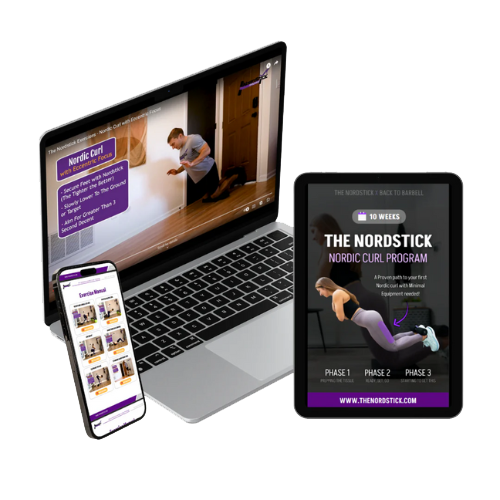














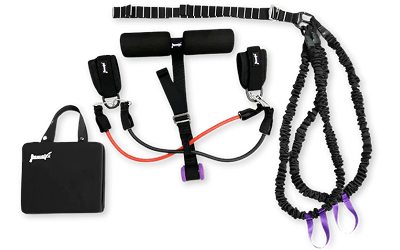



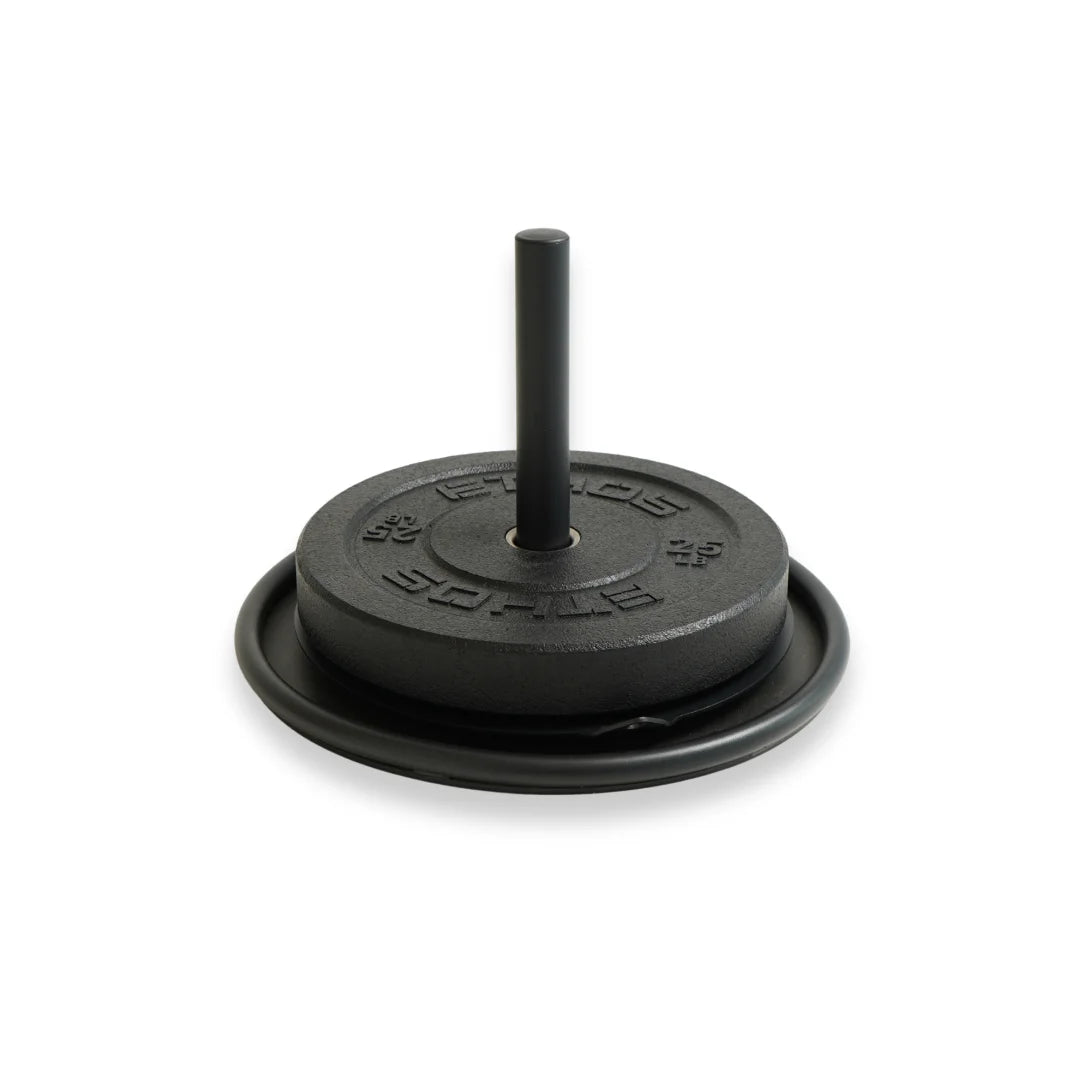
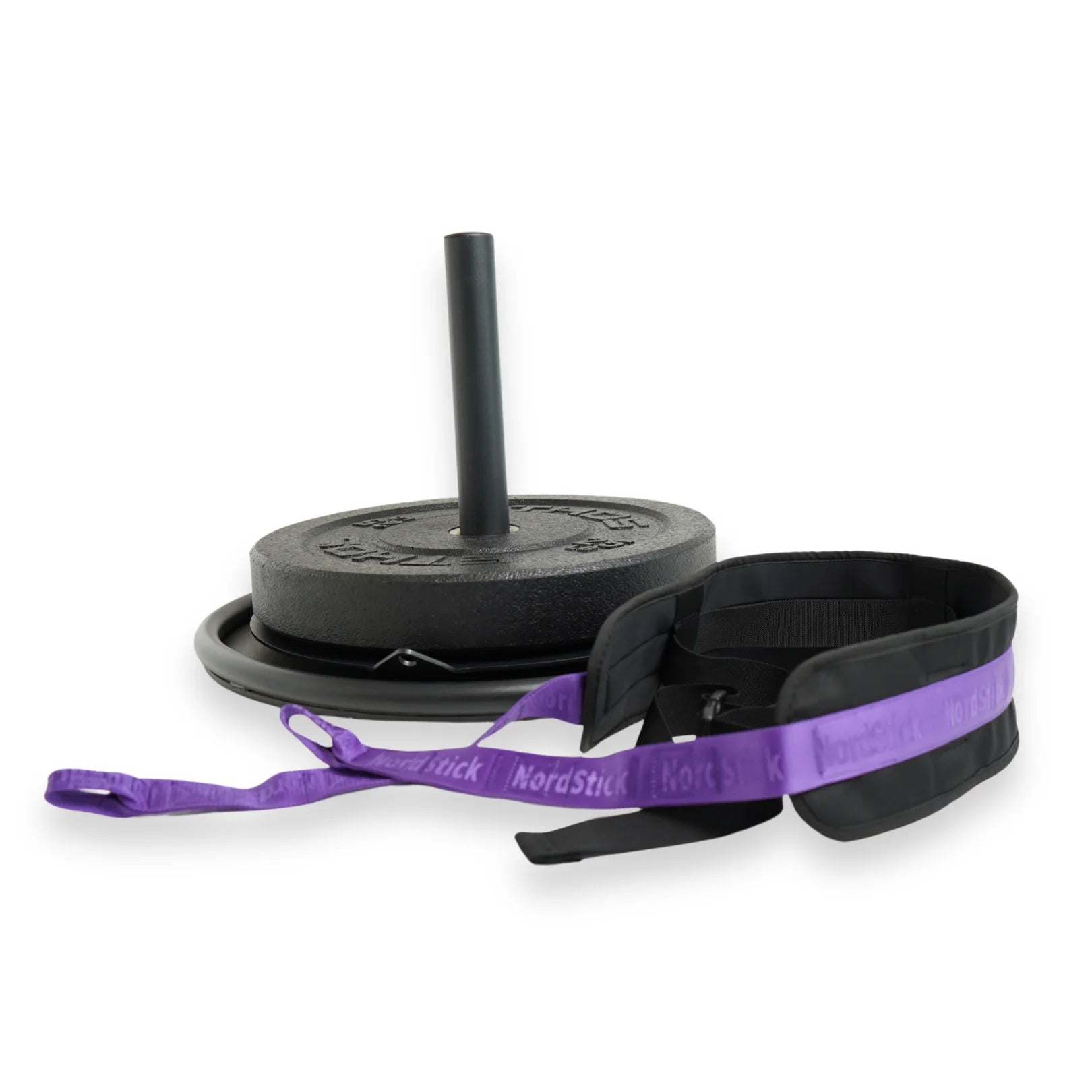








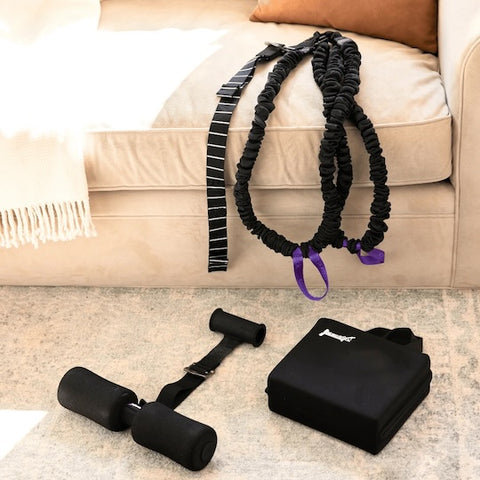



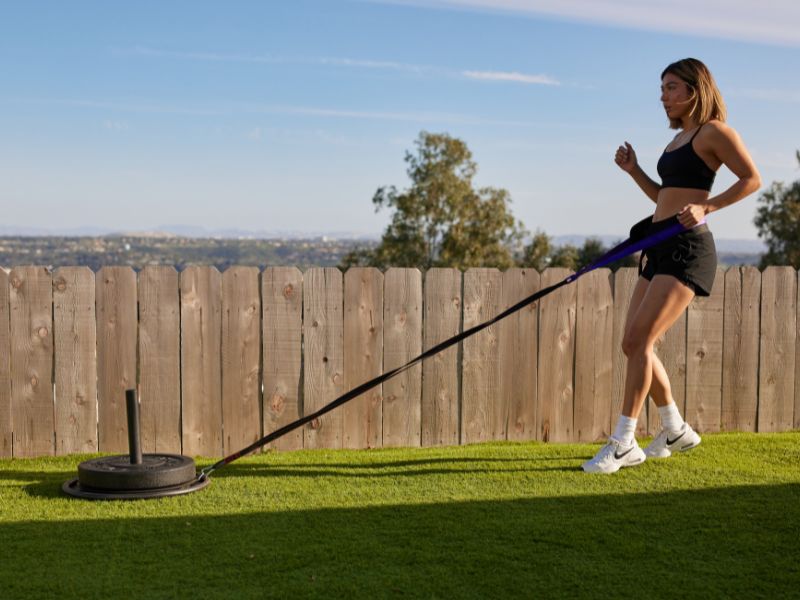







Leave a comment
This site is protected by hCaptcha and the hCaptcha Privacy Policy and Terms of Service apply.